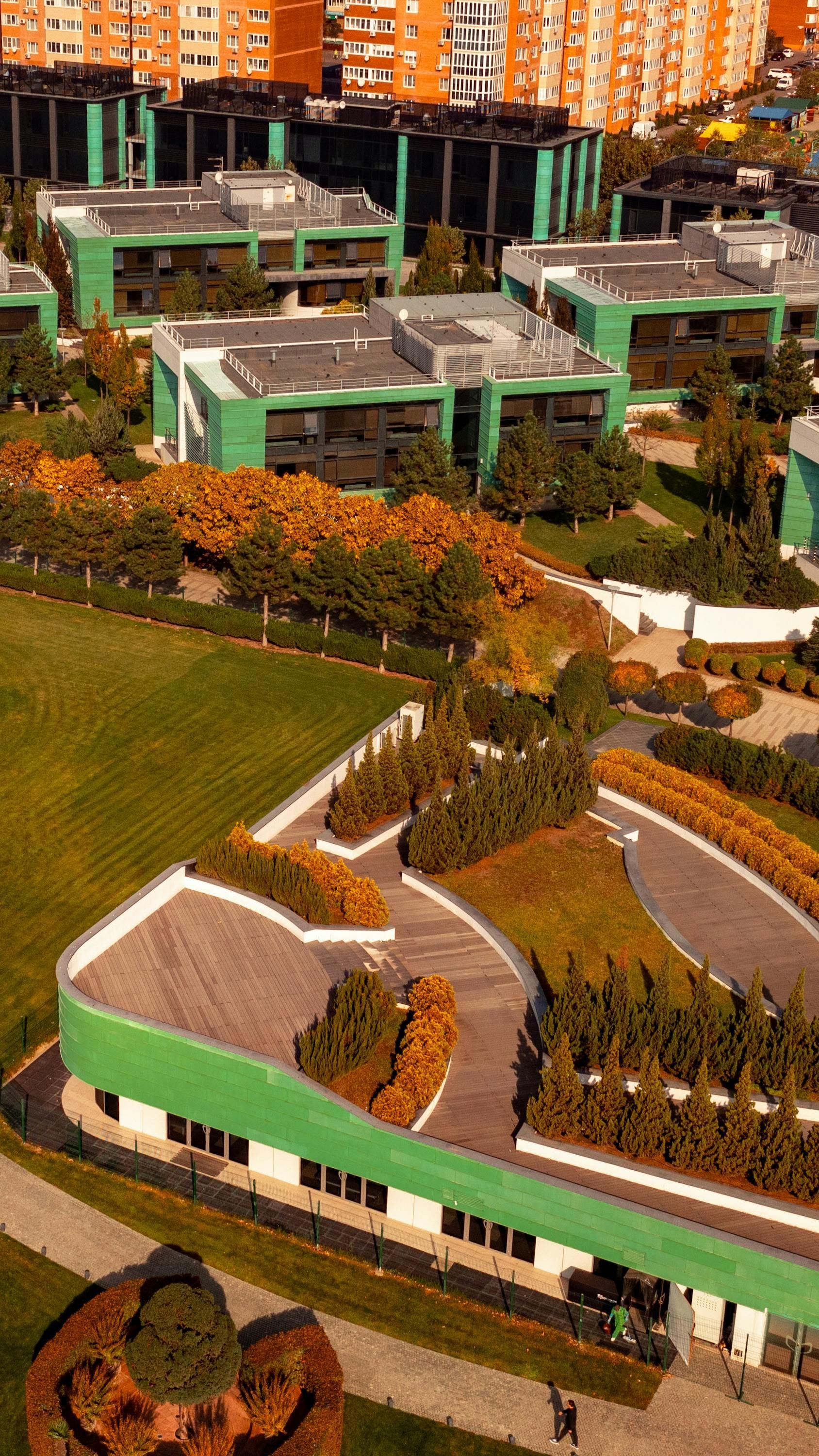The Benefits of Rain Gardens in Managing Stormwater
In today's world, managing stormwater effectively has become a crucial part of sustainable landscaping and urban planning. One of the most effective and eco-friendly solutions for stormwater management is the implementation of rain gardens. These specially designed garden areas help control water runoff, reduce pollution, and enhance the aesthetic appeal of outdoor spaces. Whether for residential or commercial landscapes, rain gardens provide a natural and sustainable approach to managing stormwater while supporting local ecosystems.
Understanding Rain Gardens and Their Purpose
A rain garden is a strategically designed landscape feature that collects, absorbs, and filters stormwater runoff from impervious surfaces like roofs, driveways, and streets. Unlike traditional drainage systems that direct water away quickly, a rain garden slows the water down, allowing it to infiltrate the soil naturally. This process reduces the strain on municipal stormwater systems, prevents localized flooding, and improves overall water quality.
The fundamental purpose of a rain garden is to act as a natural filtration system that captures pollutants from runoff before they enter nearby waterways. By incorporating carefully selected native plants and permeable landscaping materials, rain gardens effectively filter sediments, heavy metals, and other contaminants while replenishing groundwater sources.
Benefits of Rain Gardens
Rain gardens offer a wide range of environmental, economic, and aesthetic benefits, making them an excellent choice for homeowners and urban planners alike.
1. Effective Stormwater Management
One of the primary benefits of rain gardens is their ability to manage stormwater efficiently. Heavy rain can overwhelm drainage systems, leading to localized flooding and water pooling in residential areas. Rain gardens reduce this risk by absorbing excess water, allowing it to percolate into the ground rather than running off into storm drains.
2. Reducing Water Pollution
Stormwater runoff often carries pollutants such as fertilizers, pesticides, oil, and debris into nearby rivers and lakes. Rain gardens act as a natural buffer, filtering out harmful substances and preventing them from entering water sources. This significantly improves water quality and protects aquatic life.
3. Preventing Soil Erosion
Uncontrolled water runoff can erode soil and degrade landscapes over time. By slowing down water flow and allowing gradual infiltration, rain gardens help stabilize soil and prevent erosion. This is particularly beneficial for properties located on slopes or in areas prone to soil degradation.
4. Supporting Native Plants and Wildlife
Rain garden plants are typically native species that thrive in both wet and dry conditions. These plants provide essential habitats for pollinators such as bees and butterflies, as well as food and shelter for birds and other wildlife. By incorporating native plants for rain gardens, homeowners contribute to biodiversity conservation and ecological balance.
5. Enhancing Aesthetic Appeal
In addition to their functional benefits, rain gardens add beauty and visual interest to any landscape. With a mix of colorful flowers, ornamental grasses, and lush foliage, a well-designed rain garden can transform a backyard or urban space into a thriving natural oasis.
6. Cost-Effective Landscaping Solution
Compared to conventional stormwater drainage systems, rain gardens are a more cost-effective solution for managing water runoff. They require minimal maintenance and reduce the need for expensive infrastructure improvements. Over time, rain gardens also lower irrigation costs by naturally retaining moisture in the soil.
Designing and Installing a Rain Garden
Proper rain garden design ensures maximum efficiency in capturing and filtering stormwater. The location, soil composition, plant selection, and depth of the garden all play critical roles in its success.
Choosing the Right Location
A rain garden should be placed in a low-lying area where water naturally collects, but at least 10 feet away from buildings to prevent foundation issues. It should also be positioned downhill from a roof or driveway to intercept runoff efficiently.
Selecting Rain Garden Plants
Native plants are the best choice for rain gardens because they are adapted to local climate conditions and require less maintenance. Plants should be arranged based on their water tolerance, with flood-resistant species placed in the center where water pools the most and drought-resistant species along the outer edges.
Common native plants for rain gardens include:
- Blue Flag Iris
- Joe-Pye Weed
- Black-Eyed Susan
- Swamp Milkweed
- Red Maple
Ensuring Proper Drainage
The success of a rain garden depends on its ability to absorb and drain water effectively. A well-draining soil mixture consisting of sand, compost, and native soil helps maintain permeability. Adding a layer of mulch enhances moisture retention and prevents weed growth.
Maintaining a Rain Garden
Although rain gardens are designed to be low-maintenance, occasional upkeep ensures long-term functionality.
- Weed control: Removing invasive weeds prevents them from competing with native plants.
- Mulch replenishment: Adding mulch annually helps retain moisture and maintain soil structure.
- Plant trimming: Pruning overgrown plants ensures a neat and organized appearance.
- Sediment removal: Clearing accumulated debris prevents clogging and maintains proper drainage.
DIY Rain Garden vs. Professional Installation
Homeowners interested in sustainable landscaping may opt for a DIY rain garden, but professional installation ensures optimal performance and long-term benefits. A professionally designed rain garden considers factors such as soil composition, water flow, plant selection, and structural integrity. Experts can also integrate rain gardens with other eco-friendly landscaping features, such as permeable pavers and bioswales, for a more comprehensive stormwater management approach.
The Role of Rain Gardens in Climate-Resilient Landscaping
With the increasing impact of climate change, rain gardens are becoming an essential component of climate-resilient landscaping. They help mitigate the effects of extreme weather events by absorbing excess rainfall, reducing flood risks, and protecting infrastructure. Cities and communities worldwide are incorporating rain gardens as part of green infrastructure initiatives to improve water sustainability and urban resilience.
Conclusion: Embracing Rain Gardens for a Greener Future
Rain gardens provide an effective, sustainable, and visually appealing solution for managing stormwater. By reducing water pollution, preventing soil erosion, and supporting biodiversity, they contribute to a healthier environment. Whether in a backyard or urban setting, implementing a rain garden enhances property value while promoting eco-friendly landscaping practices.
At
Blossom & Oak Landscaping, we specialize in designing and installing high-quality rain gardens tailored to your landscape’s needs. Our expert team ensures that your rain garden not only manages stormwater effectively but also complements the beauty of your outdoor space. Contact us today to create a sustainable, functional, and beautiful rain garden for your home or business.
You might also like
Book a Service Today
We will get back to you as soon as possible
Please try again later
Business hours
- Mon - Fri
- -
- Saturday
- -
- Sunday
- Closed
Phone: 480-660-4666


